Opening: Friday 3 May, 7:30pm
4 May – 3 August 2019
Proyecto AMIL
Lima
Proyecto AMIL is pleased to present Botanical Readings: Erythroxylum Coca, a specially commissioned project by the Peruvian artist Ximena Garrido-Lecca, which will transform the exhibition rooms of the institution into a large botanical laboratory for the cultivation of the most emblematic, and at the same time controversial, plant of Peruvian history: coca.
The exhibition questions the discourses built around this millenary and native plant -both those that reduce it to an exclusive product of drug trafficking, and those that represent it as a sacred and unappealable heritage- to reconsider it as a multidimensional and dynamic actor of our history. That is, as an agent capable of articulating transversal reflections on the relationship between tradition and modernity, nature and science, vernacular and Western medicine, as well as between local policies of cultivation and consumption and the control regimes of the international community.
Around 200 specimens of the coca plant will be grown in a hydroponic system designed by the artist, with galvanized steel ducts and artificial lighting, causing a tension between the scientific framework suggested by these elements and the natural evolution of the plants within Proyecto AMIL. Throughout the exhibition, the public will be able to observe the industrialized process of coca cultivation, from germination to harvesting of the leaves. However, once this procedure is completed, a series of ‘non-scientific’ practices, related to the ritual use of the plant, will be activated challenging the way in which Western knowledge is constructed.
Taking up the divinatory tradition of pre-Hispanic curanderismo –which neither the colonial nor the republican experience managed to eradicate– a group of researchers from the Institute of Oriental Metaphysical Sciences - ICMO, will offer coca leaf readings to the public in a private space. Afterwards, a group of students from the National Agrarian University of La Molina - UNALM, will record the readings as botanical herbarium. Although the anonymity of the participants will be preserved, the “reason for consultation” will be registered, so that it finally serves as the criterion for classification and ordering of the herbaria in a botanical cabinet.
Through the mobilization of the traditional and political meanings of the coca leaf in the public arena, Botanical Readings: Erythroxylum Coca acknowledges the historical and social role of the coca plant, as well as its healing, spiritual and economic powers. The result is a new hybrid system of significance, a cross between Peruvian vernacular culture and modern science, which is both futuristic and atavistic; and from which it is possible to apprehend the heterogeneity and the syncretism that characterizes societies which are in the cultural and political peripheries of modernity.
General production and project coordination: Jana Ugaz / Production of hydroponic system, cultivation and maintenance of coca plants: Gonzalo Herrera & Gonzalo Velasco de Plantar and Soluciones Verdes / Duct system manufacturing: A&T industrias en acero SAC & JC ductos / Specialized advice: La Empresa Nacional de la Coca – ENACO / Acknowledgments from the artist: Margarita Campos, Yessica Bruno, Milagro Alama, Mibeldy Marcelo, Kelly Andia, Claudia Molina, Nino Huarcaya, Fanny Meléndez, Alejandro Moncada.
Ximena Garrido-Lecca (Lima, 1980) lives and works between Mexico City and Lima. She studied Fine art at Universidad Católica del Perú and completed an MA at Byam Shaw School of Art, London. Her solo exhibitions include Lines of Divergence, Galerie Gisela Capitain, Cologne (2018). Native States at MALBA, Buenos Aires (2017); Botanical Insurgencies: Phaseolus Lunatus at SAPS (Sala de Arte Público Siqueiros), Mexico city (2017); Smoke Architecture at 80m2 Livia Benavides, Lima (2015); Toma de tierra at Casado Santapau, Madrid (2015); Los Suelos, MATE (Museo Mario Testino), Lima (2014); Paisaje Antrópico, Max Wigram Gallery, London (2012); a solo project at Middlesborough Institute of Modern Art (2012); El Porvenir, Mimmo Scognamiglio Arte Contemporanea, Milan (2011). Her recent group exhibitions include: Cosmopolis # 1.5: Enlarged Intelligence, Centre Pompidou at Chengdu (2018), Entangled: Threads & Making, Turner Contemporary, Kent (2017); Zigzag Incisions, CRAC Alsace, Altkirch y SALTS, Basel (2017); The Late Shift, Frac des Pays de la Loire, Carquefou (2016); Why are we afraid of sunsets? Gdansk City Gallery (2016); 62nd International Short Film Festival Oberhausen (2016); Territorio, povoaçao, C. LAB Mercosul, Sao Paulo (2016); Invideo, 26th International Exhibition of Video and Cinema, Milan (2016); United States of Latin America, MOCAD (Museum of Contemporary Art Detroit) (2015); 10th Mercosul Biennial: Messages from a New America, Porto Alegre (2015); MDE15, Historias locales, prácticas globales, Museo de Antioquia, Medellín (2015); Future Generation Art Prize, Pinchuk Art Centre, Kiev (2014); Bienal de la Imagen en Movimiento (BIM), Buenos Aires (2014); Bienal de Cartagena de Indias (2014); The Central Academy of Fine Arts Museum Biennale, Pekín (2014); Ir para volver, 12th Bienal de Cuenca (2014); International Biennale of Arezzo (2013); LARA: Latin American Roaming Art, NC Arte, Bogotá (2013).
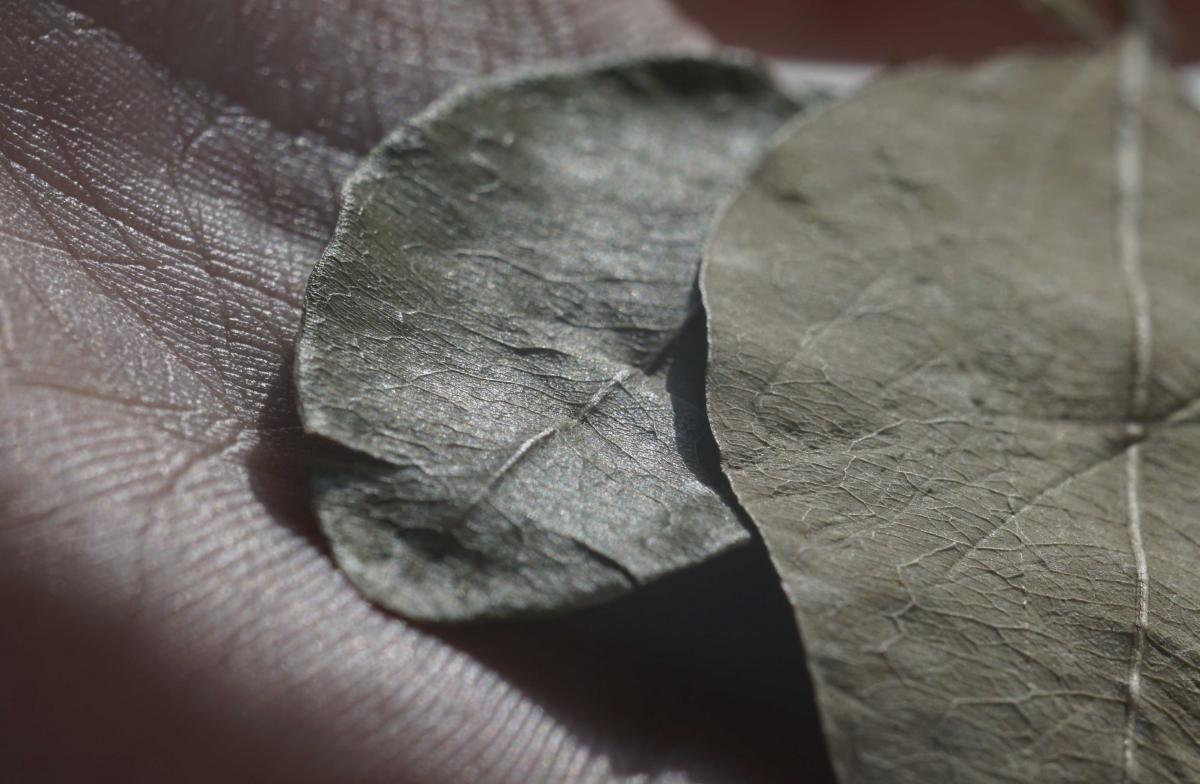
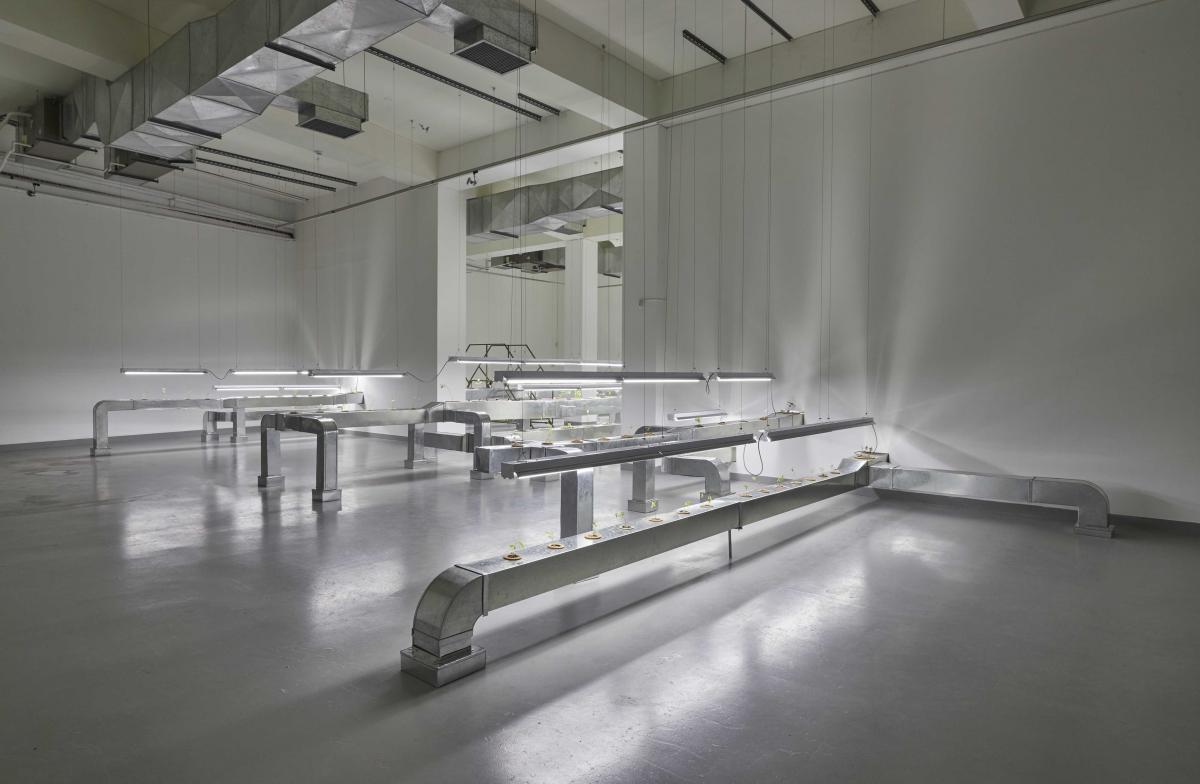
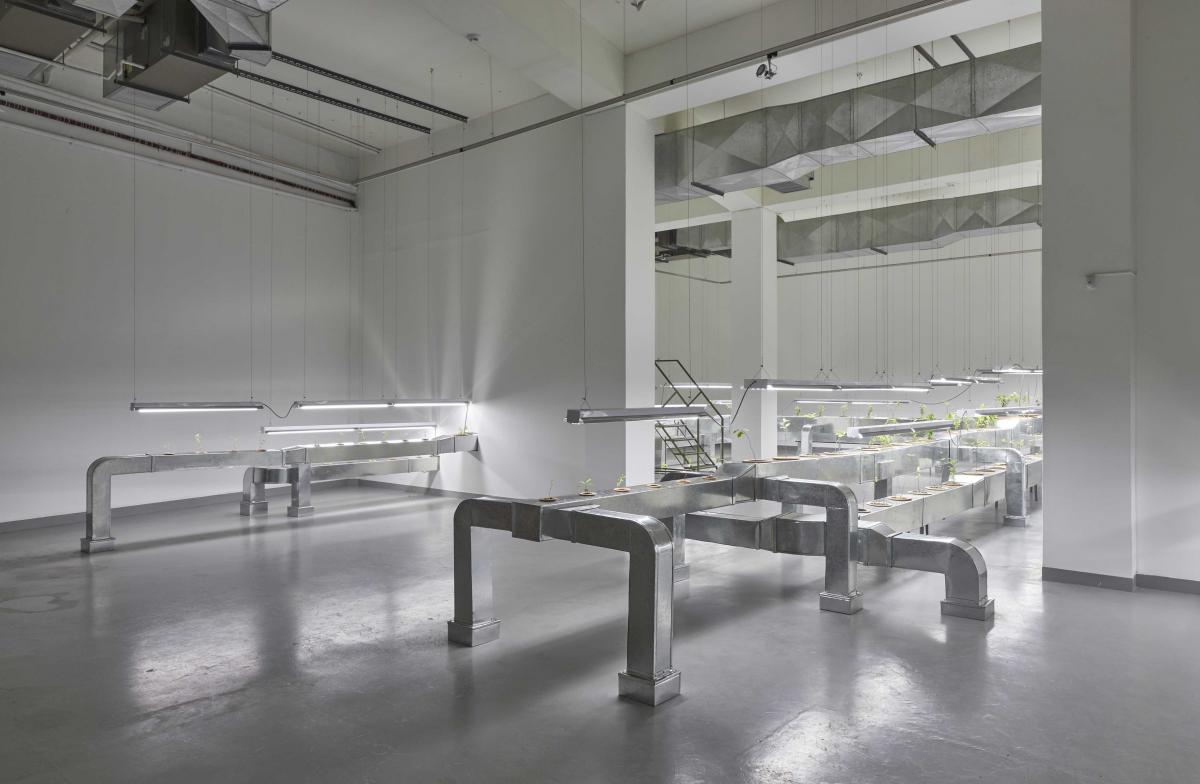
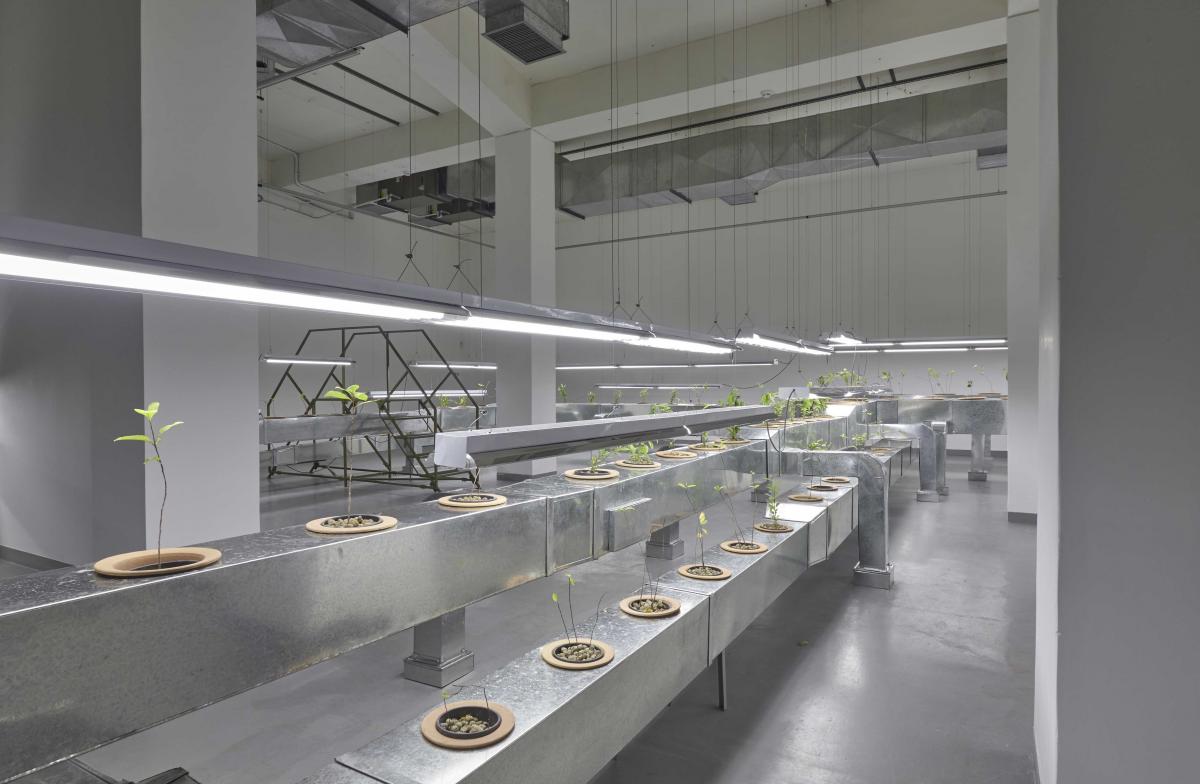
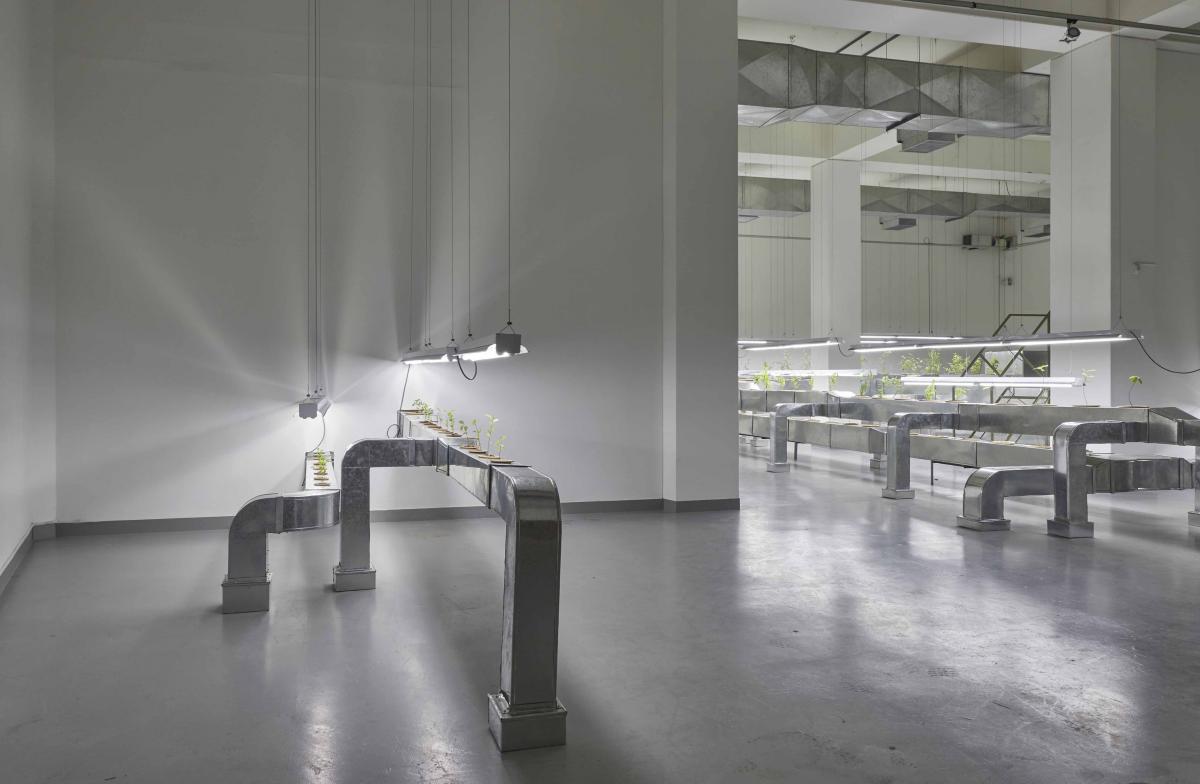

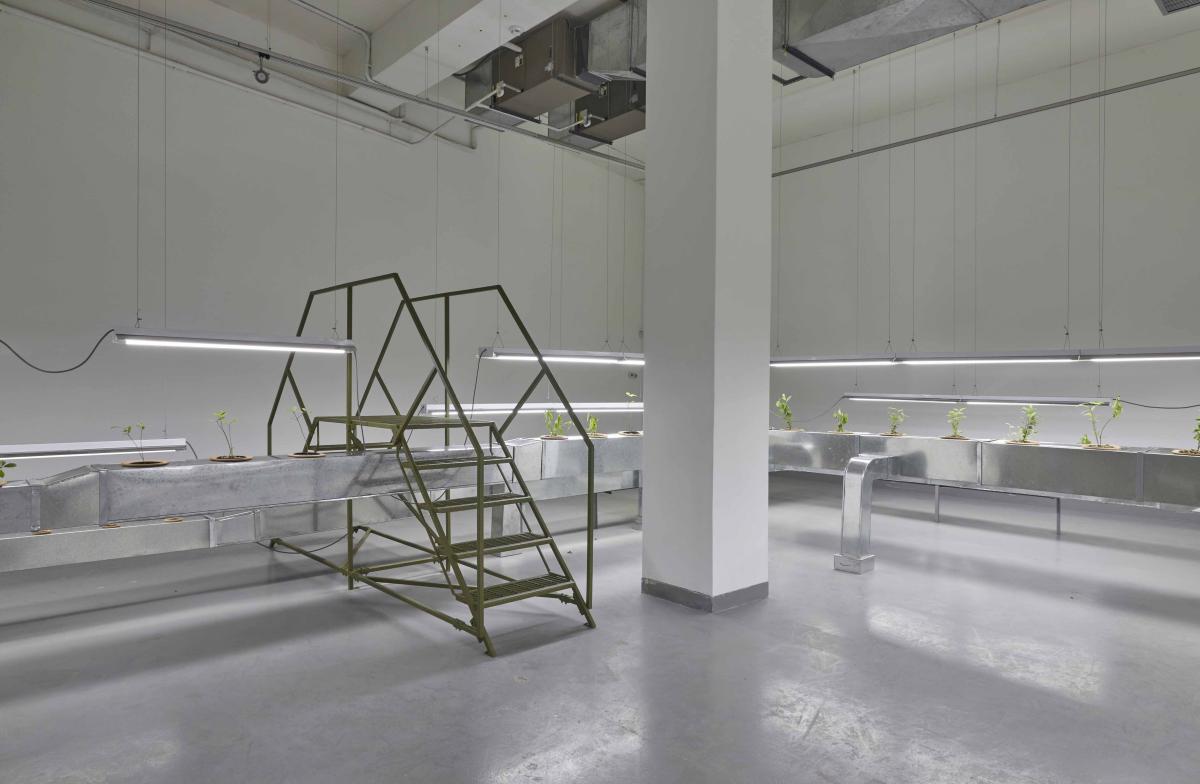
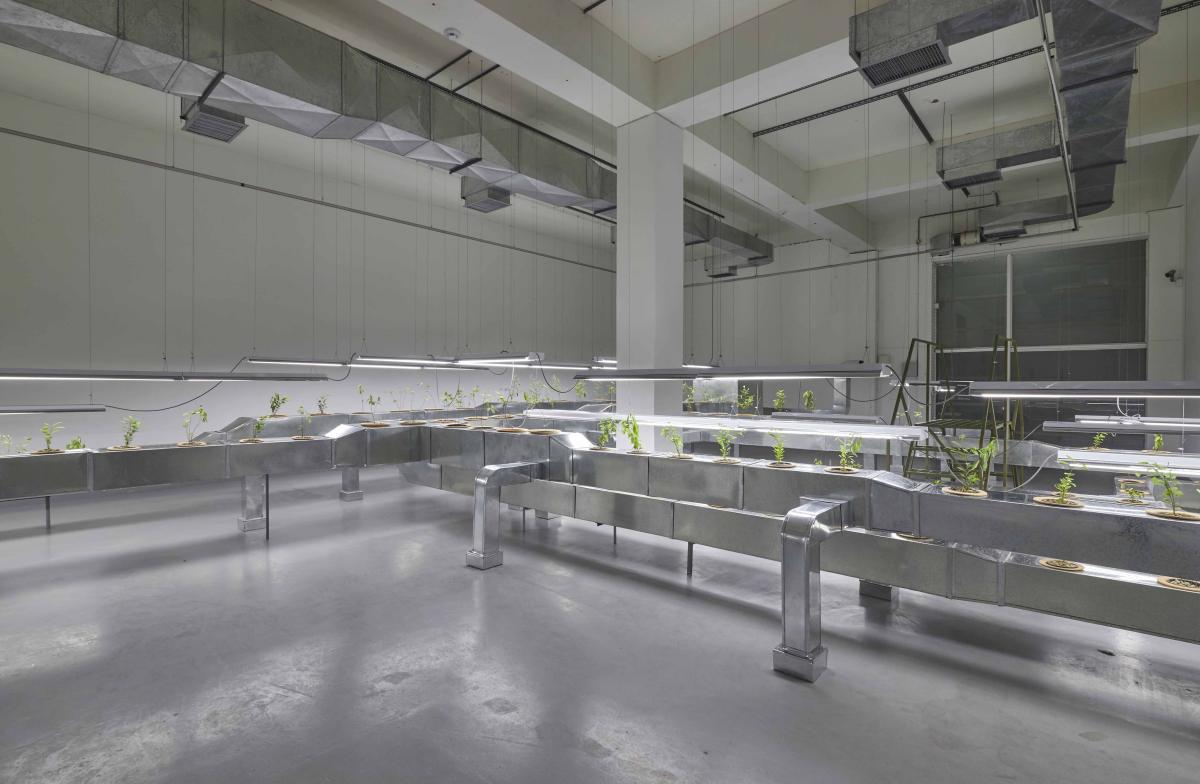

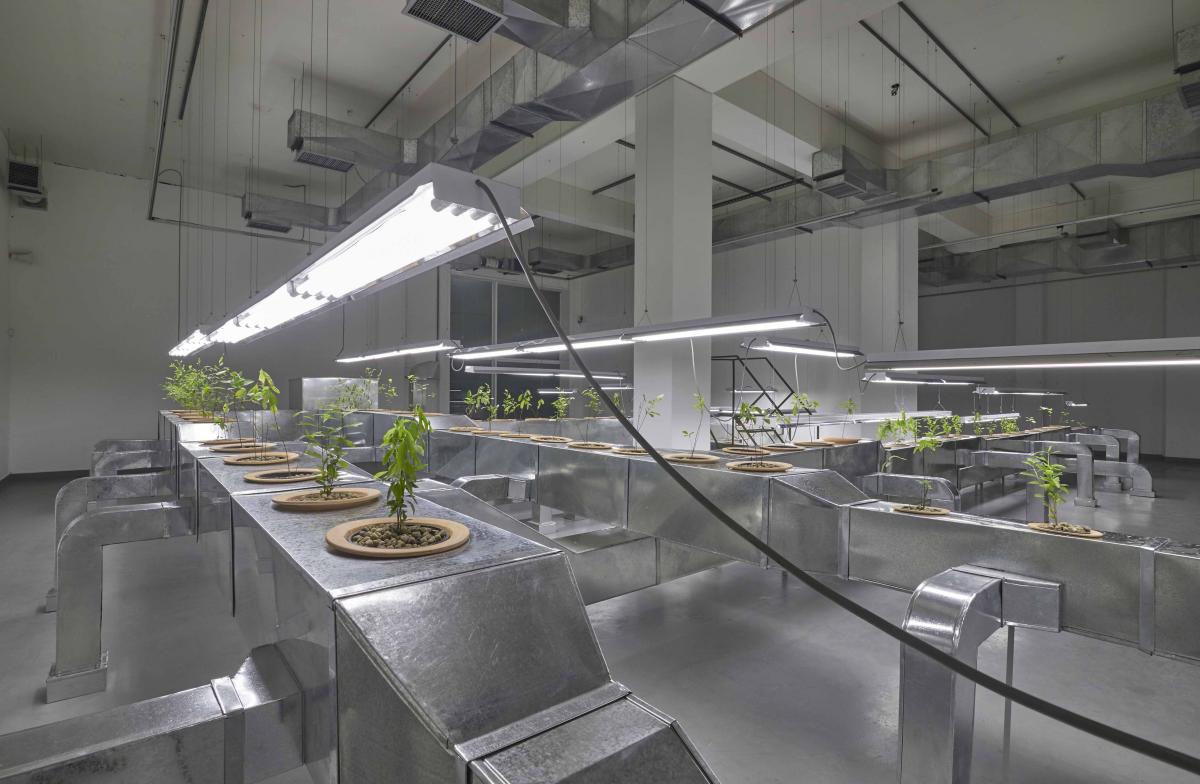
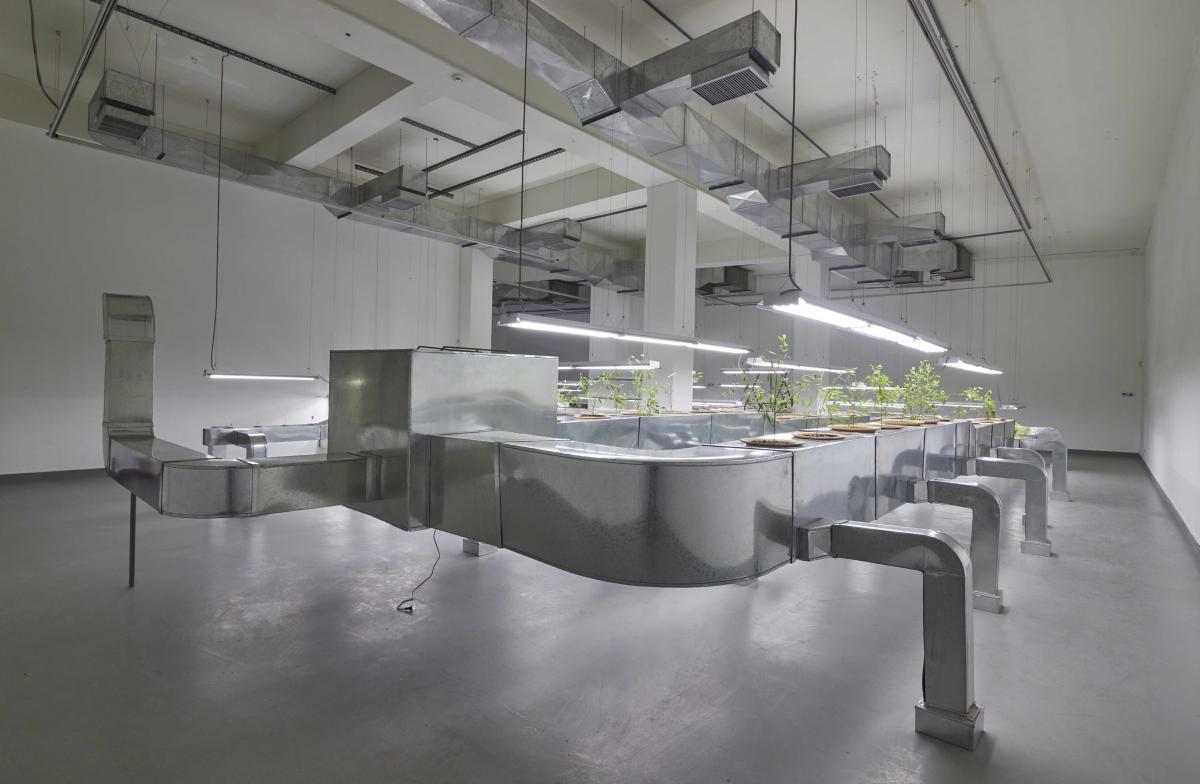
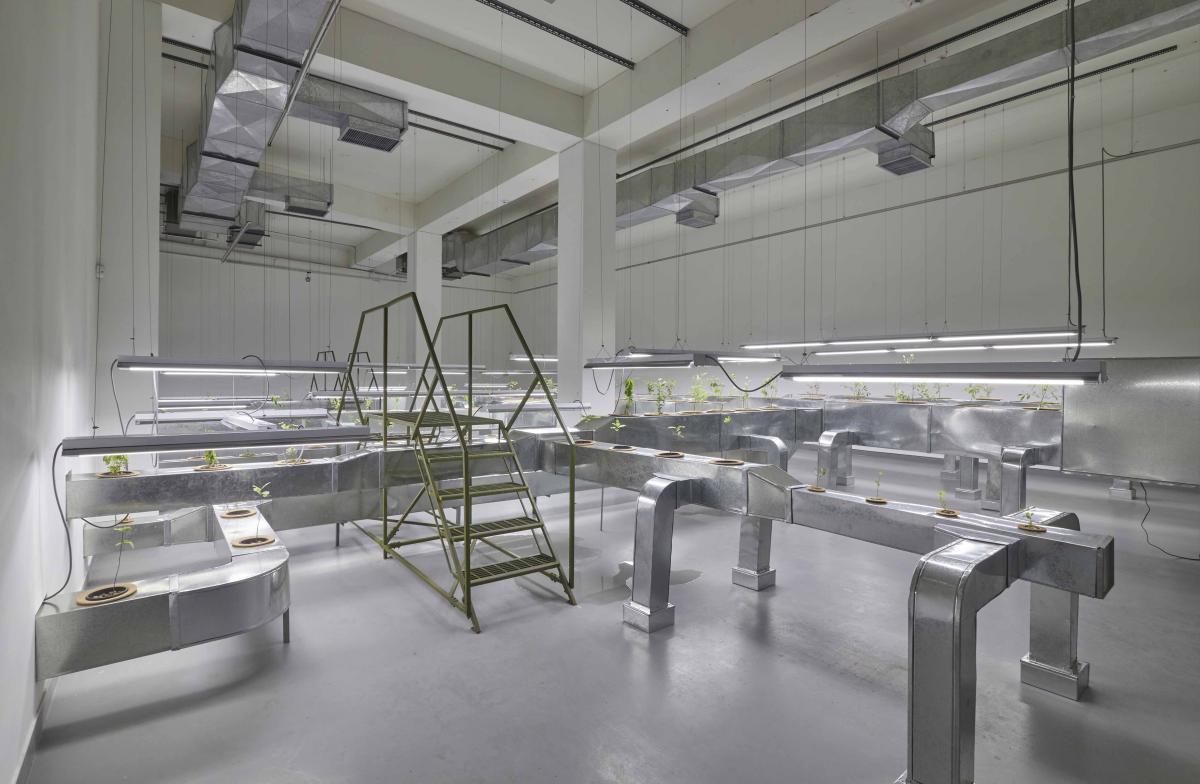
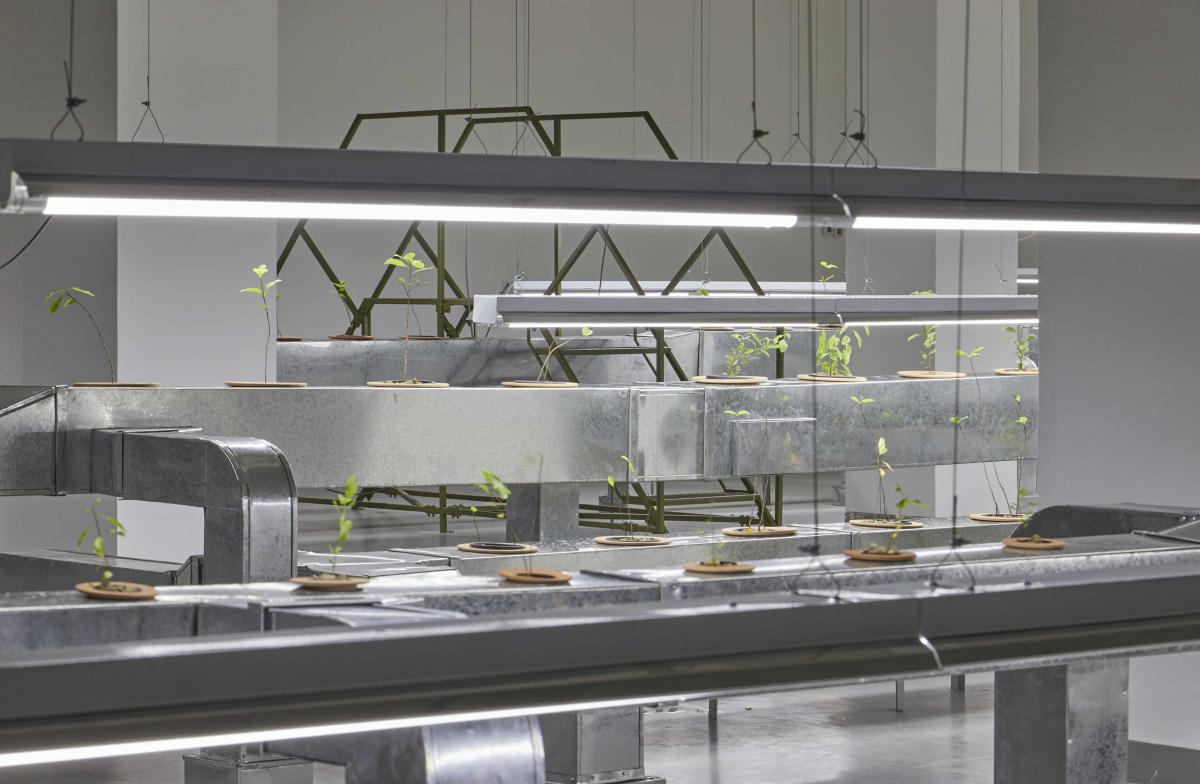
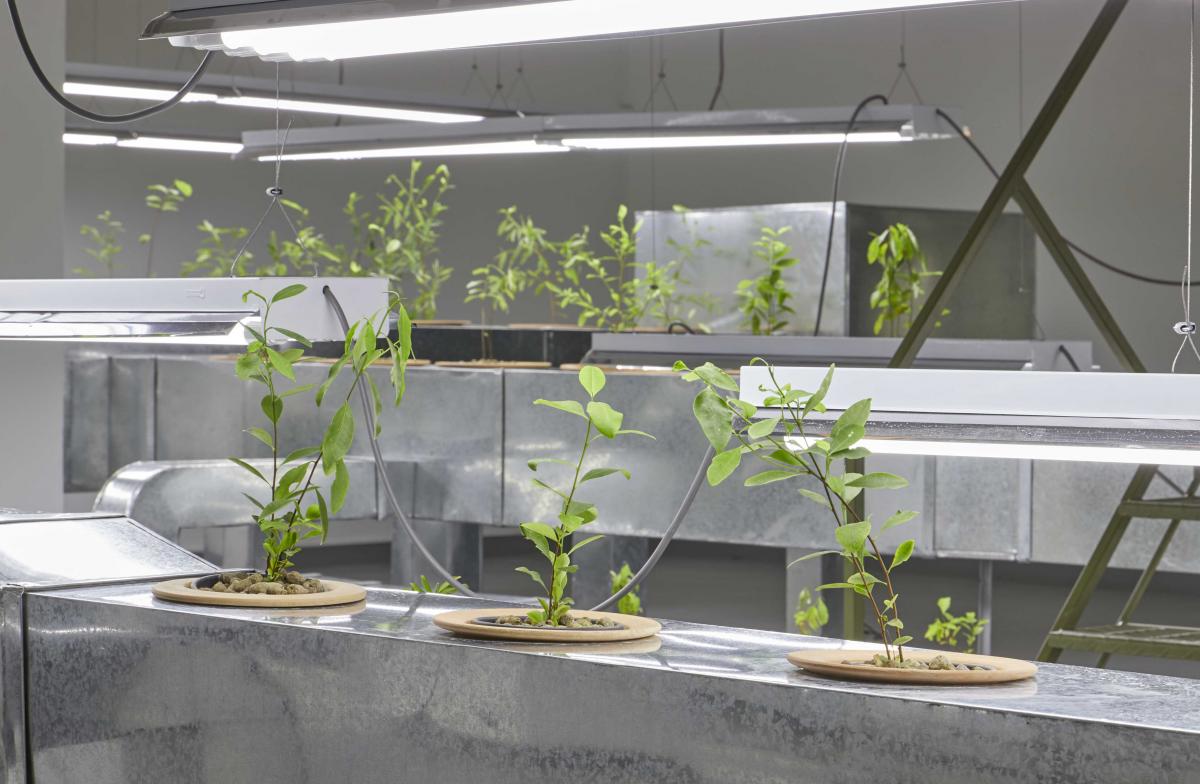
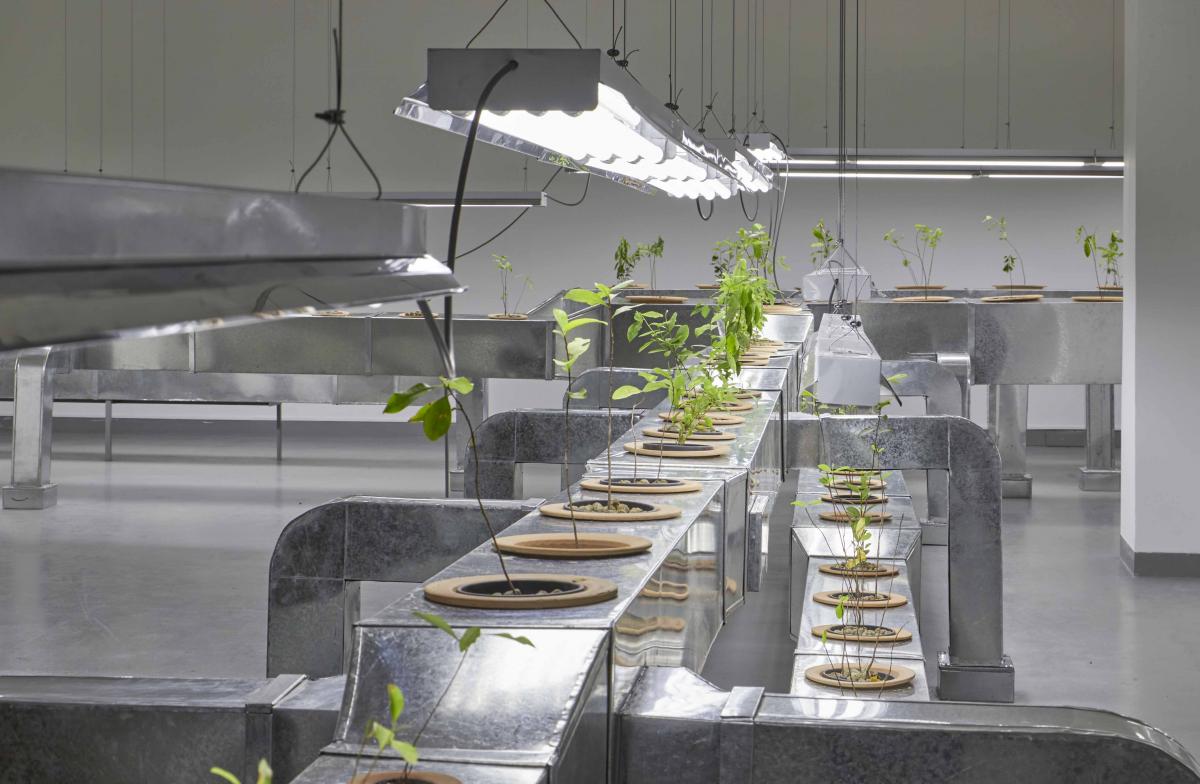
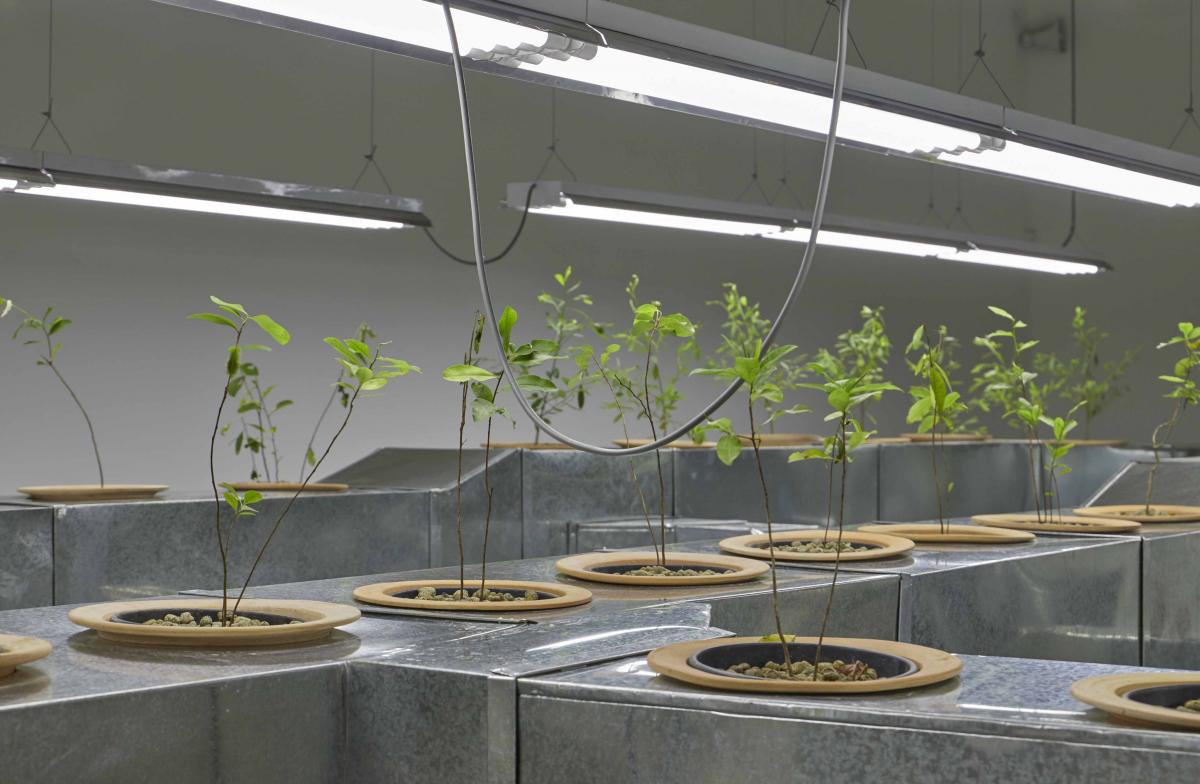
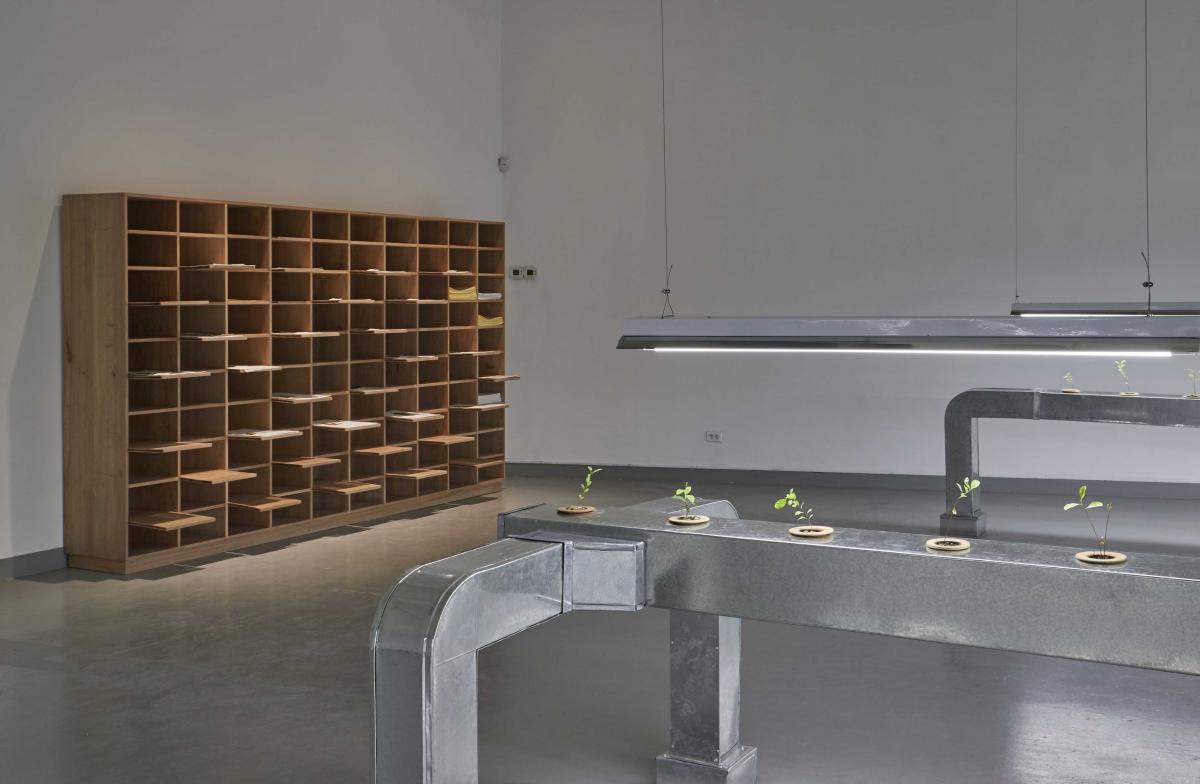
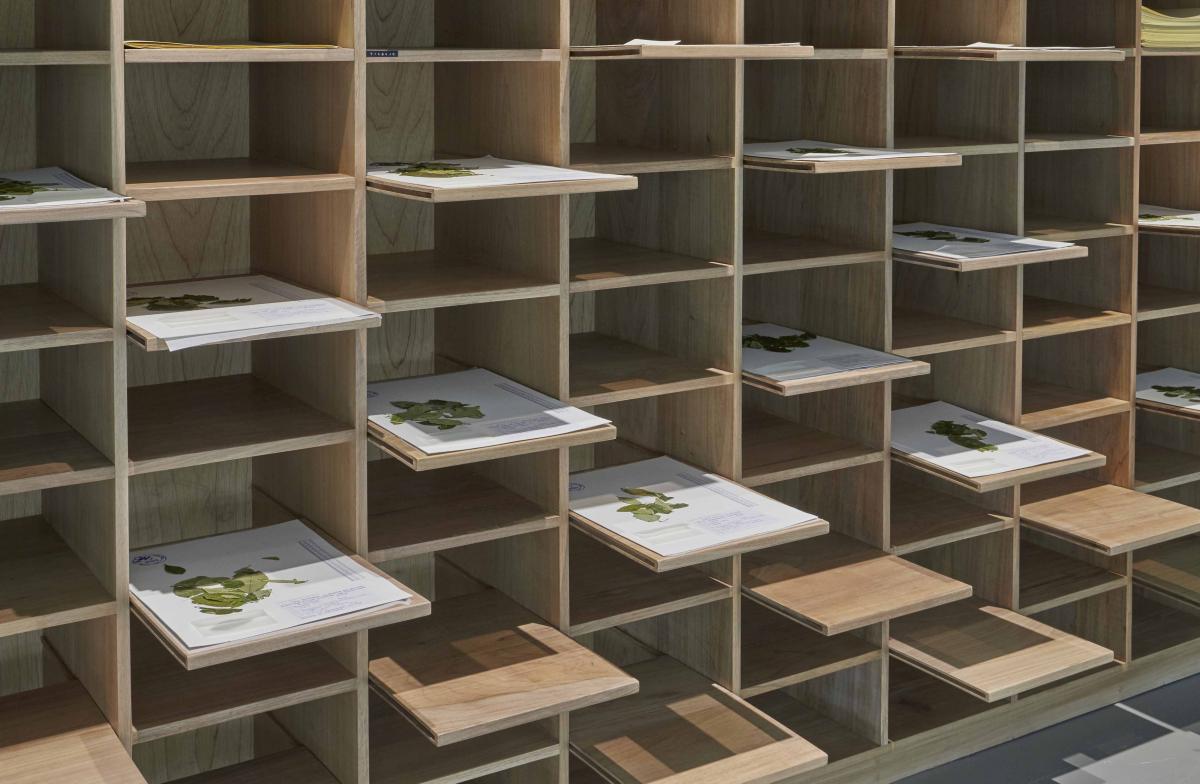

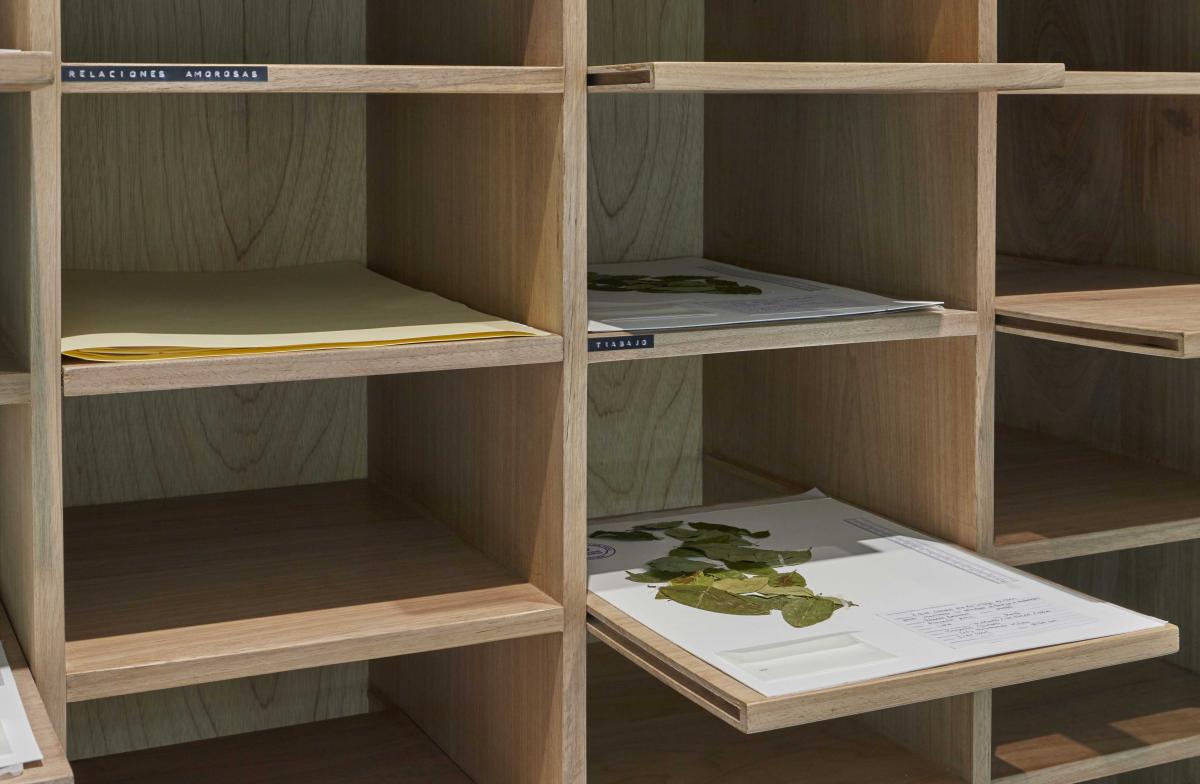
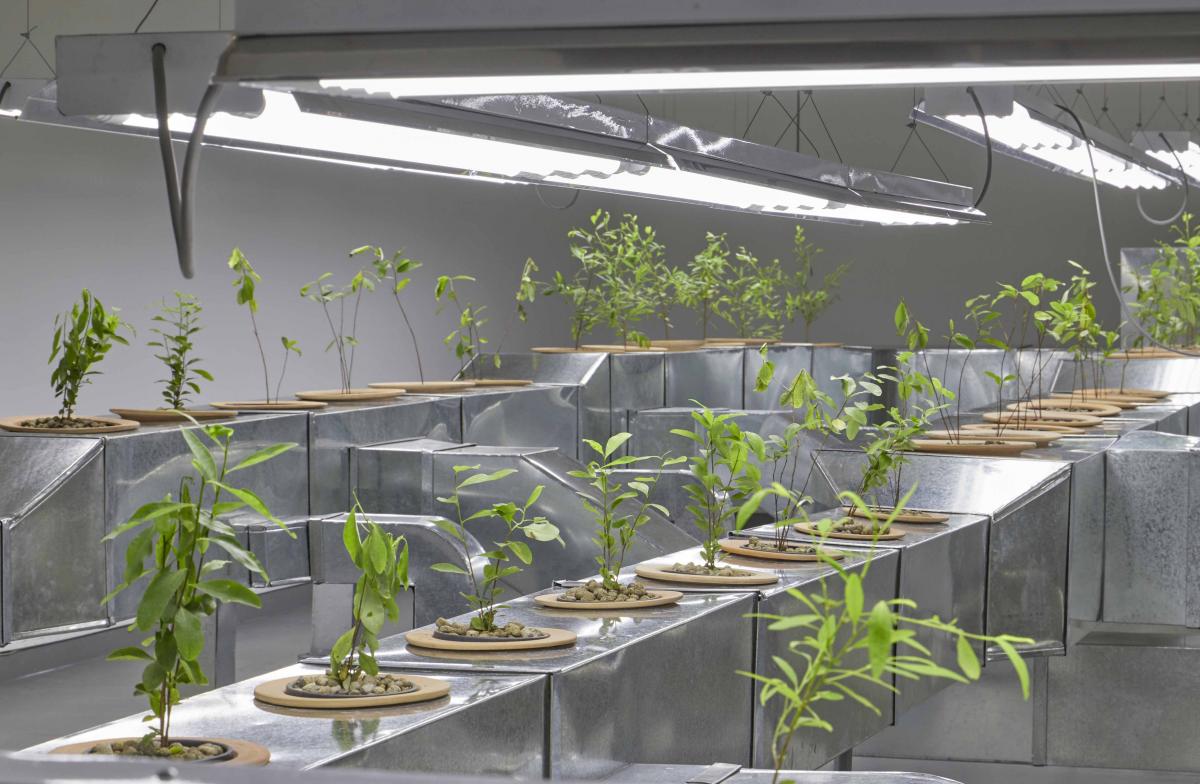
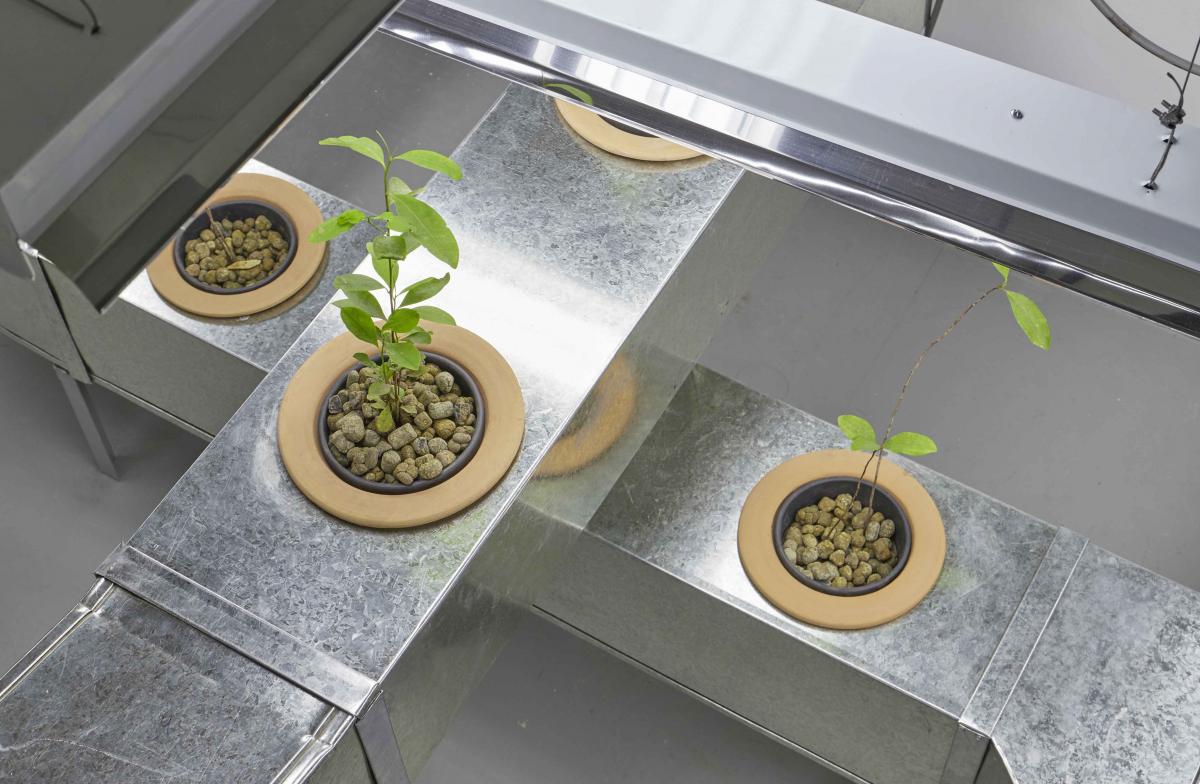
Ximena Garrido-Lecca
Botanical Readings Erythroxylum Coca
Ximena Garrido-Lecca
Lecturas Botánicas Erythroxylum Coca
Inauguración: viernes 3 de mayo, 7:30pm
4 de mayo - 3 de agosto de 2019
Proyecto AMIL
Lima
Proyecto AMIL se complace en presentar Lecturas Botánicas: Erythroxylum Coca, proyecto especialmente comisionado a la artista peruana Ximena Garrido-Lecca, que transformará las salas de exhibición de la institución en un gran laboratorio botánico para el cultivo de la planta más emblemática, y al mismo tiempo controversial, de la historia peruana: la coca.
La exposición cuestiona los discursos construidos alrededor de esta planta milenaria y nativa –tanto los que la reducen a un producto exclusivo del narcotráfico, como los que la representan como un patrimonio sagrado e inapelable– para reconsiderarla como un actor multidimensional y dinámico de nuestra historia. Es decir, como un agente capaz de articular reflexiones trasversales en torno a las relaciones entre la tradición y la modernidad, la naturaleza y la ciencia, la medicina vernácula y la occidental, así como entre las políticas de cultivo y consumo locales y los regímenes de control de la comunidad internacional.
Alrededor de 200 ejemplares de la planta de coca se cultivarán en un sistema hidropónico diseñado por la artista, con ductos de acero galvanizado e iluminación artificial, provocando una tensión entre el marco científico sugerido por estos elementos y la evolución natural de las plantas dentro de Proyecto AMIL. A lo largo de la exposición, el público podrá observar el proceso de cultivo industrializado de la coca, desde la germinación hasta la cosecha de las hojas. No obstante, una vez terminado este procedimiento se activarán una serie de prácticas “no científicas”, relacionadas al uso ritual de la planta, que desafían la forma en que se construye el conocimiento occidental.
Retomando la tradición adivinatoria del curanderismo de origen pre-hispánico –que la experiencia colonial ni republicana lograron erradicar– un grupo de investigadores del Instituto de Ciencias Metafísicas Orientales – ICMO, ofrecerán lecturas de hojas de coca al público en un espacio privado. Posteriormente, un grupo de alumnos de la Universidad Nacional Agraria de la Molina – UNALM, registrarán las lecturas a modo de herbarios botánicos. Si bien se conservará el anonimato de los participantes, se anotará el “motivo de consulta”, de forma que finalmente sirva como el criterio de clasificación y ordenamiento de los herbarios en un gabinete botánico.
A través de la movilización de los significados tradicionales y políticos de la hoja de coca en la arena pública, Lecturas Botánicas: Erythroxylum Coca apuesta por reconocer el rol histórico y social de la hoja de coca, retribuyéndole a la planta sus poderes curativos, espirituales y económicos. El resultado es un nuevo sistema híbrido de significación, un cruce entre la cultura vernácula peruana y la ciencia moderna, que tiene tanto de futurista como de atávico; y desde el cual es posible aprehender la heterogeneidad y el sincretismo que caracteriza a sociedades que se encuentran en las periferias culturales y políticas de la modernidad.
Producción general y coordinación de proyecto: Jana Ugaz / Producción de sistema hidropónico, cultivo y mantenimiento de las plantas de coca: Gonzalo Herrera y Gonzalo Velasco de Plantar y Soluciones verdes / Fabricación del sistema de ductos: A&T industrias en acero SAC y JC ductos / Asesoría especializada: La Empresa Nacional de la Coca – ENACO / Agradecimientos de la artista: Margarita Campos, Yessica Bruno, Milagro Alama, Mibeldy Marcelo, Kelly Andia, Claudia Molina, Nino Huarcaya, Fanny Meléndez, Alejandro Moncada.
Ximena Garrido-Lecca (Lima, 1980) vive y trabaja entre la Ciudad de México y Lima. Estudió Bellas Artes en la Pontificia Universidad Católica del Perú y completó una maestría en la escuela de arte Byam Shaw en Londres. Sus exposiciones individuales incluyen: Líneas de divergencia, Galería Gisela Capitain, Colonia (2018); Estados nativos en MALBA, Buenos Aires (2017); Insurgencias botánicas: Phaseolus Lunatus en SAPS (Sala de Arte Público Siqueiros), Ciudad de México (2017); Arquitectura de humo en 80m2 Livia Benavides, Lima (2015); Toma de tierra en Casado Santapau, Madrid (2015); Los Suelos, MATE (Museo Mario Testino), Lima (2014); Paisaje Antrópico, Galería Max Wigram, Londres (2012); un proyecto en solitario en el Instituto de Arte Moderno de Middlesborough (2012); El Porvenir, Mimmo Scognamiglio Arte Contemporanea, Milán (2011). Sus exposiciones colectivas recientes incluyen: Cosmopolis # 1.5: Enlarged Intelligence, Centro Pompidou en Chengdu (2018), Entangled: Threads & Making, Turner Contemporary, Kent (2017); Zigzag Incisions, CRAC Alsacia, Altkirch y SALTS, Basilea (2017); The Late Shift, Frac des Pays de la Loire, Carquefou (2016); Why are we afraid of sunsets?, Galería de la ciudad de Gdansk (2016); 62º Festival Internacional de Cortometrajes de Oberhausen (2016); Territorio, povoaçao, C. LAB Mercosul, Sao Paulo (2016); Invideo, 26ª Exposición Internacional de Video y Cine, Milán (2016); United States of Latin America, MOCAD (Museo de Arte Contemporáneo de Detroit) (2015); 10a Bienal del Mercosur: Mensajes de una nueva América, Porto Alegre (2015); MDE15, Historias locales, prácticas globales, Museo de Antioquia, Medellín (2015); Future Generation Art Prize, Pinchuk Art Center, Kiev (2014); Bienal de la Imagen en Movimiento (BIM), Buenos Aires (2014); Bienal de Cartagena de Indias (2014); The Central Academy of Fine Arts Museum Biennale (2014); Ir para volver, XII Bienal de Cuenca (2014); Bienal Internacional de Arezzo (2013); LARA: Latin American Roaming Art, NC Arte, Bogotá (2013).
